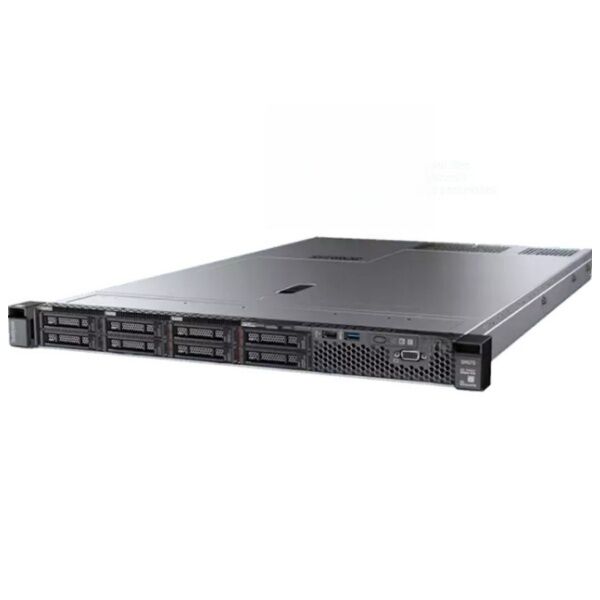the network switch
A network switch is a fundamental networking device that connects multiple devices within a local area network (LAN), enabling efficient data communication between computers, printers, servers, and other network-enabled devices. Operating at the data link layer of the OSI model, network switches intelligently direct network traffic by learning and storing MAC addresses of connected devices, ensuring data packets reach their intended destinations. Unlike basic hubs that broadcast data to all connected devices, switches use packet switching technology to create temporary, dedicated connections between source and destination devices, significantly improving network performance and security. Modern network switches come with various port configurations, from basic 8-port models for home offices to enterprise-grade 48-port switches with advanced features like Quality of Service (QoS), VLAN support, and Power over Ethernet (PoE) capabilities. These devices support different speeds, commonly ranging from 10/100 Mbps to 10 Gbps, with some high-performance models offering up to 100 Gbps connections. Network switches also incorporate management features that allow administrators to monitor traffic, configure port settings, and implement security policies, making them essential components in both small business and enterprise network infrastructures.


